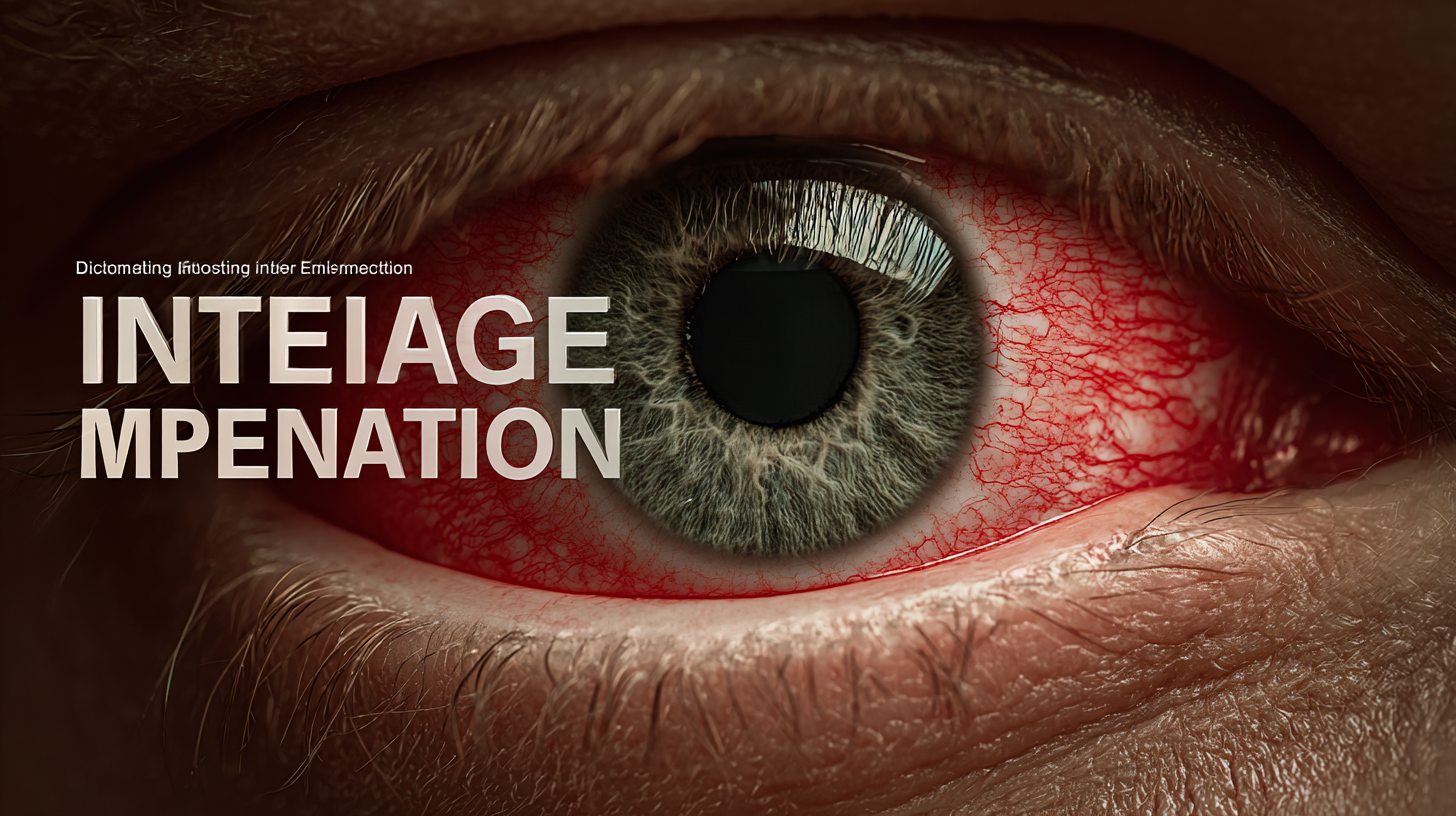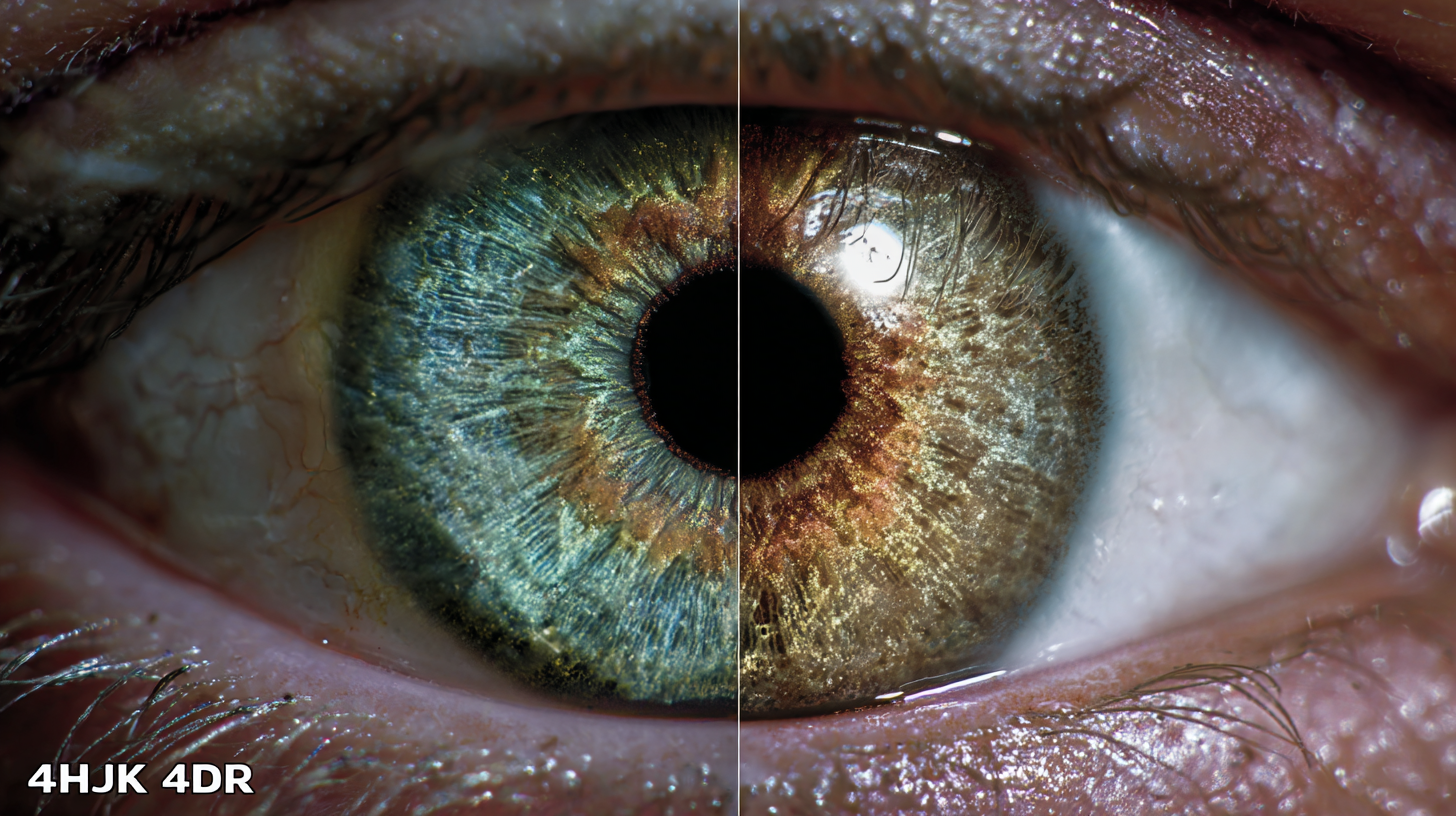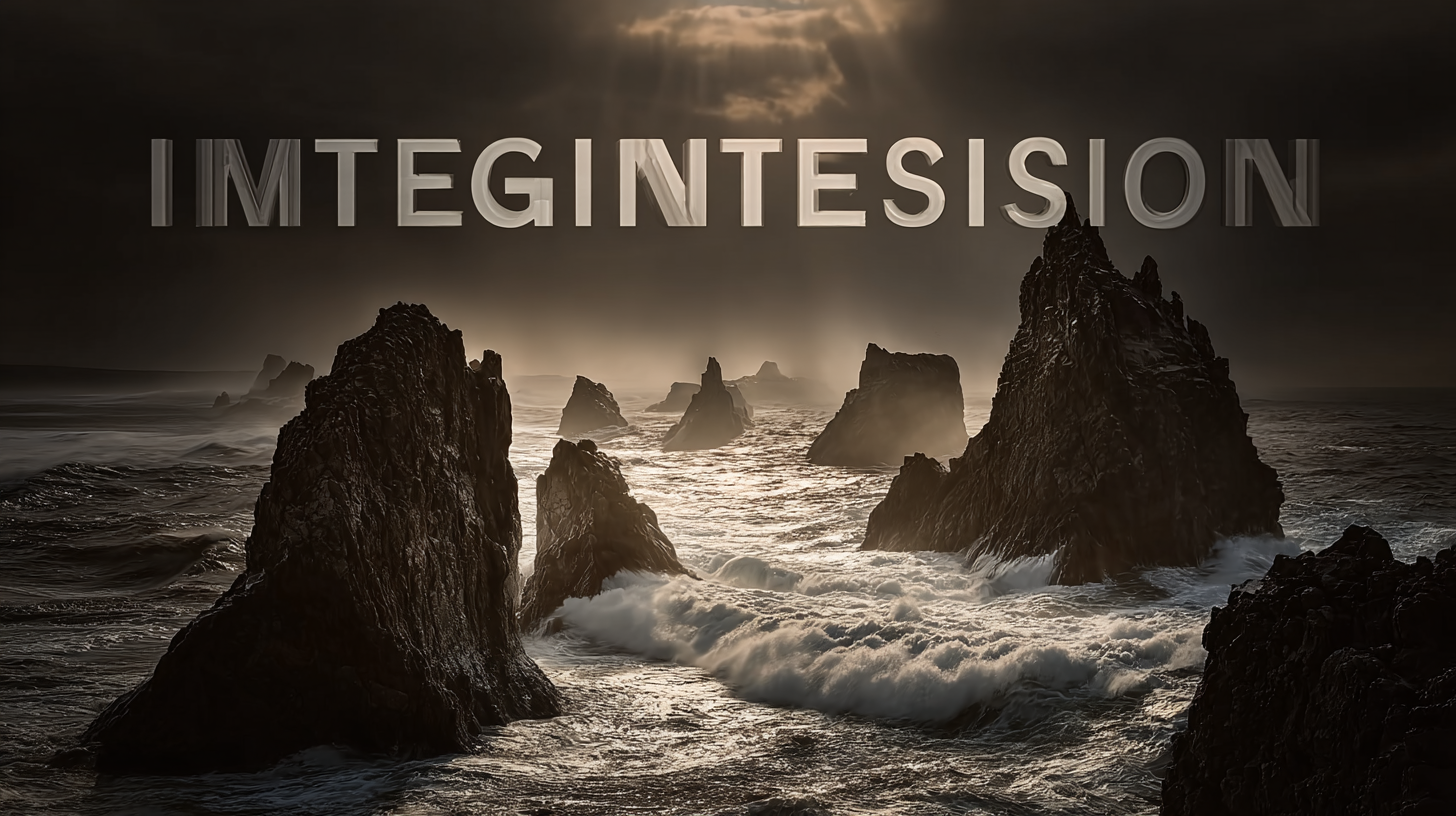Services
Discovering the Advantages of Best Image Intensification for Enhanced Visual Performance
In today's fast-paced world, the demand for enhanced visual performance is becoming increasingly critical across various industries, particularly within the realms of security, medical imaging, and military applications. A recent report by MarketsandMarkets highlights that the global image intensification market is projected to grow from USD 2.5 billion in 2023 to USD 3.8 billion by 2028, reflecting a compounded annual growth rate (CAGR) of 9.0%. This growth underscores the rising importance of Image Intensification technology, which significantly enhances visibility in low-light conditions, providing users with reliable and high-quality visual data. As the Chinese manufacturing sector continues to excel in this domain, delivering products that meet stringent quality standards, the phrase "中国制造,全球共享,品质值得信赖" captures the essence of a global industry's commitment to leveraging advances in image intensification for improved operational efficiency and safety. This blog will delve into the advantages of adopting the best image intensification solutions to elevate visual performance in professional environments.

Understanding Image Intensification Technology and Its Benefits
Image intensification technology has revolutionized visual performance across various sectors, including military, medical, and security applications. By amplifying low-light images to produce clearer visuals, this technology enhances the ability to see in challenging conditions. According to the latest report from the International Night Vision Society, the advancements in image intensification have resulted in increased effectiveness in low-light surveillance systems, where operators can enjoy up to 100 times better visibility compared to standard imaging methods.
The benefits of image intensification extend beyond mere visibility improvements. Enhanced image quality allows operators to make critical decisions faster and with greater accuracy. A study published by the Defense Visual Information Distribution Service highlights that soldiers equipped with advanced image intensification devices have experienced a 30% improvement in mission success rates during nighttime operations. Moreover, in medical imaging, the integration of this technology has led to significant advancements in early diagnostics, as radiologists can detect subtle anomalies in low-contrast images with greater precision, as evidenced by a 25% reduction in misdiagnosis rates in recent clinical trials.
Key Advantages of Image Intensifiers for Enhanced Visual Quality
Image intensification technology has revolutionized the way we view and interpret our surroundings, offering significant enhancements in visual quality that can be critical in various fields. One of the primary advantages of image intensifiers is their ability to amplify low-light conditions, allowing for clearer and more detailed imaging even in the darkest environments. This is especially beneficial for activities such as night vision, surveillance, and even medical imaging where precision is paramount.
When utilizing image intensifiers, there are several tips to optimize performance. First, ensure that the equipment is properly calibrated to match the specific lighting conditions for the best results. Second, maintain clean lenses and sensors as dust and smudges can significantly degrade image quality. Finally, practice using the technology in varying environments to become familiar with its behavior under different conditions, allowing for quicker adaptation in real-world scenarios.
Additionally, image intensifiers enhance contrast and detail in visual data, which is invaluable for professionals in fields like security and wildlife observation. By improving edge detection and color differentiation, these devices enable users to make informed decisions based on clearer information. Implementing regular maintenance checks and upgrades to the latest technology can further ensure sustained visual performance and reliability in critical situations.
Discovering the Advantages of Best Image Intensification for Enhanced Visual Performance - Key Advantages of Image Intensifiers for Enhanced Visual Quality
| Feature | Description | Benefits |
|---|---|---|
| Increased Brightness | Image intensifiers amplify low-light images for clearer visibility. | Improved visibility in dark environments. |
| Enhanced Contrast | Provides better differentiation between light and dark areas. | Allows for better object detection and depth perception. |
| Compact Size | Many models are portable and lightweight. | Easy to transport and use in various settings. |
| Wide Field of View | Broader perspective captures more of the environment. | Enhances situational awareness and safety. |
| Durability | Built to withstand harsh conditions. | Long-lasting performance in demanding environments. |
Common Issues Faced in Image Intensification Systems
 Image intensification systems have revolutionized low-light imaging, yet they face several common issues that affect their performance. One significant challenge is the problem of image distortion, which can lead to a loss of detail in captured images. According to a 2021 report by the National Institute of Standards and Technology, nearly 30% of image intensification users reported distortion as a critical issue, highlighting the need for advancements in technology that minimize this problem.
Image intensification systems have revolutionized low-light imaging, yet they face several common issues that affect their performance. One significant challenge is the problem of image distortion, which can lead to a loss of detail in captured images. According to a 2021 report by the National Institute of Standards and Technology, nearly 30% of image intensification users reported distortion as a critical issue, highlighting the need for advancements in technology that minimize this problem.
Another prevalent concern is the noise generated in low-light conditions, which can obscure critical visual information. A study published in the Journal of Optical Engineering found that up to 40% of users identified noise interference as a major drawback in their operations. Manufacturers are increasingly developing noise reduction technologies, but as the demand for clearer, more precise imagery intensifies, overcoming these limitations remains a pressing challenge in the field. Addressing these common issues is essential for practitioners in industries such as security and surveillance, where enhanced visual performance can significantly impact efficacy and outcomes.
Solutions to Improve Image Intensification Performance
In today's world, where clarity and detail are paramount, enhancing image intensification performance is crucial for various applications, from military operations to medical imaging. There are several innovative solutions tailored to improve the effectiveness of image intensification technologies. One notable approach involves advanced sensor technology, which helps capture more light and reduces noise, resulting in clearer and sharper images. Integrating these sensors with sophisticated algorithms allows for real-time image enhancement, significantly benefiting users in low-light environments.
Another promising solution is the incorporation of high-quality optical components. By utilizing superior lenses and prisms, image distortion can be minimized, and color fidelity can be improved. These components work hand-in-hand with image intensifiers to deliver a more accurate representation of the observed scene. Furthermore, manufacturers are increasingly focusing on ergonomic designs and user-friendly interfaces, ensuring that enhanced visual information can be accessed and utilized effectively, even in high-pressure scenarios. As technology continues to evolve, the potential for enhanced image intensification performance expands, paving the way for better outcomes across various fields.

Future Trends in Image Intensification for Optimized Visual Applications
In recent years, the field of image intensification has significantly evolved, driven by advancements in technology and growing demand across various industries. According to a report by MarketsandMarkets, the global image intensifier market is expected to reach USD 1.8 billion by 2025, growing at a CAGR of 7.5% from 2020. This growth is primarily fueled by increasing applications in areas such as medical imaging, surveillance, and defense. As visual technologies become integral to operational efficiency and safety, the focus on enhancing visual performance through advanced image intensification techniques has never been more critical.
Future trends suggest a shift towards more sophisticated, compact, and energy-efficient image intensifiers. Innovations like digital image processing, AI-enhanced algorithms, and adaptive optics are on the frontline, promising to optimize visual applications further. A recent study from ResearchAndMarkets highlights the potential of integrating AI into image intensification systems, predicting that AI-driven image processing could improve detection rates in low-light conditions by as much as 40%. As these technologies mature, industries can expect to leverage superior imagery that not only enhances performance but also offers actionable insights in real-time, ensuring they stay ahead in a competitive landscape.
Discovering the Advantages of Best Image Intensification for Enhanced Visual Performance
This chart illustrates the performance benefits observed with different levels of image intensification technology across various applications.
